History of Femboys
Chances are, you already know at least a little about femboys – they tend to be bold, unapologetic, and powerful.
But do you know the history of femboys?
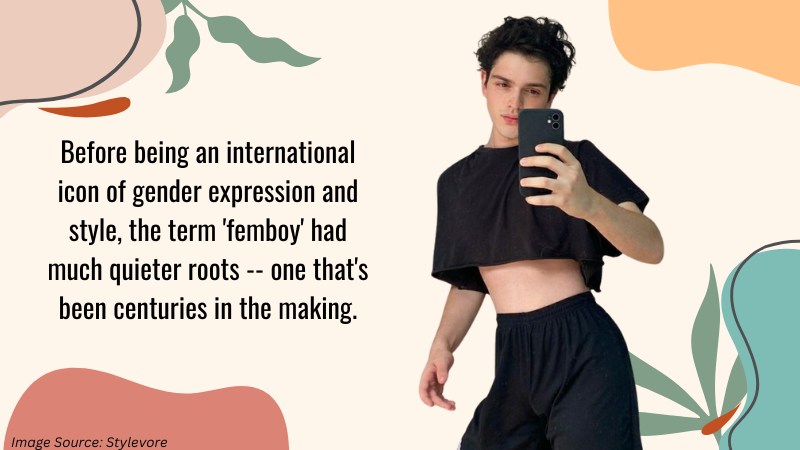
Before being an international icon of gender expression and style, the term ‘femboy’ had much quieter roots — one that’s been centuries in the making.
Today we’ll explore this fascinating journey from a little-known concept to its current place as an essential part of queer culture!
So come on, boys – let’s look back at the past so we can plan for our future!
What is a femboy
Femboy, also spelled femboi, is a term that has emerged in modern vernacular to describe a specific subset of individuals who express themselves by embodying traditionally feminine traits.
While not exclusively limited to males, femboys predominantly identify as such.
They challenge societal norms by embracing feminine characteristics, such as their choice of clothing, including dresses, skirts, and thigh-highs.
It is important to note that the term “Fem/Femme” is used by transgender women and non-binary individuals as an alternative to “Femboy.”
This distinction acknowledges their unique gender identities and preferences.
By adopting these terms, individuals can navigate their personal journeys of self-expression within the broader context of gender diversity and inclusivity.
Femboys have been around for centuries
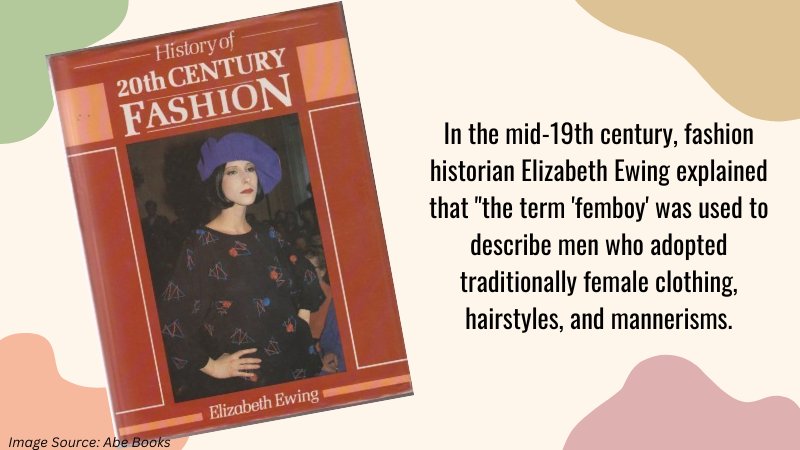
Did you know that femboy fashion has been around for centuries?
Art from ancient Egypt and India showcases traditionally feminine and masculine characters, suggesting a long history of gender fluidity.
This same trend can be seen across other cultures in the Middle East and Asia, with the femboy style becoming particularly popular during the Victorian era.
A series of things occurred, leading to the emergence of femboys as a widespread cultural phenomenon.
In the mid-19th century, fashion historian Elizabeth Ewing explained, “the term ‘femboy’ was used to describe men who adopted traditionally female clothing, hairstyles, and mannerisms.”
This term began to gain more traction during the rise of punk culture in the 1970s and 80s when queer rights activists started using it to empower gender-nonconforming individuals.
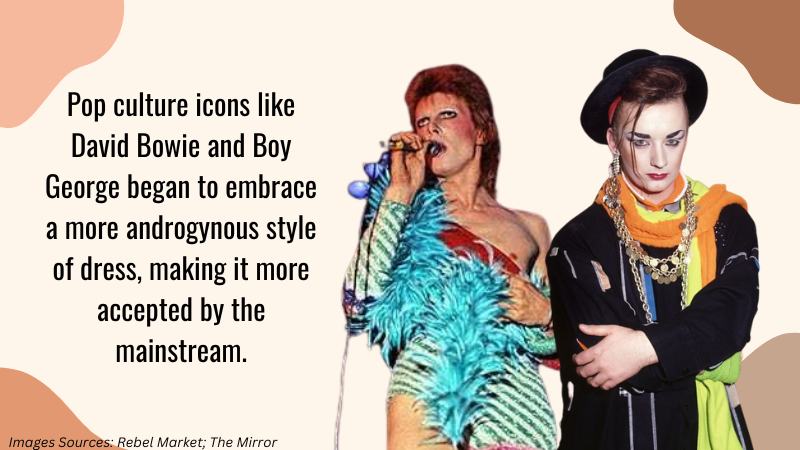
Second, pop culture icons like David Bowie and Boy George began to embrace a more androgynous style of dress, making it more accepted by the mainstream.
As the popularity of the femboy style grew, so did its visibility.
Today, there are dozens of different types of femboys – from streetwear to drag; there is something for everyone.
Finally, the internet has been a significant factor in femboy culture’s recent surge in popularity.
Its ability to connect people worldwide has helped create a safe space for gender-nonconforming individuals to express themselves freely.

Femboys have come a long way since their humble beginnings.
From art to fashion and now to the digital realm, femboys have drastically changed the landscape of gender expression and style.
As we move forward, let us remember our history and use it to build a better future for all gender-nonconforming individuals because femboys deserve nothing less than equality, respect, and celebration!
The term ‘femboy’ didn’t become popular until the 20th century.
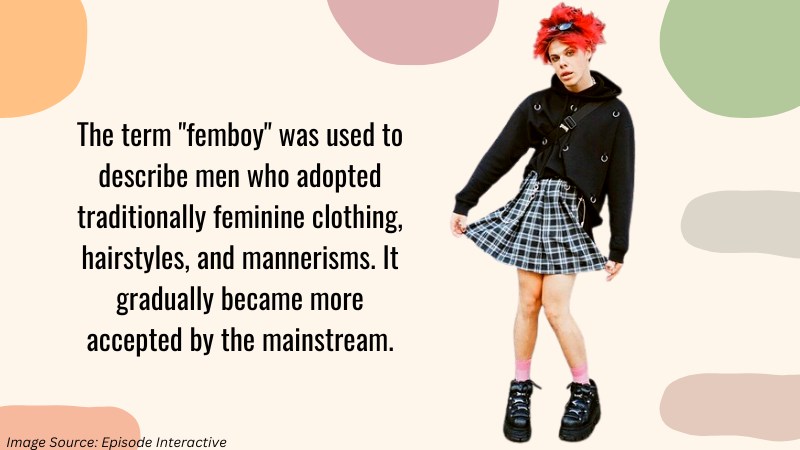
Although femboys have existed for centuries, they didn’t become popular until the 20th century.
Thanks to the rise of punk culture and pop stars like David Bowie and Boy George, gender-nonconforming individuals could finally express themselves without fear of judgment.
The term “femboy” describes men who adopted traditionally feminine clothing, hairstyles, and mannerisms.
It gradually became more accepted by the mainstream.
Today, there are dozens of types of femboys – from streetwear to drag, and there is something for everyone.
The internet has been a major factor in femboy culture’s recent surge in popularity.
Its ability to connect people worldwide has helped create a safe space for gender-nonconforming individuals to express themselves freely.
In the early 1900s, femboys were considered “incomplete” men.
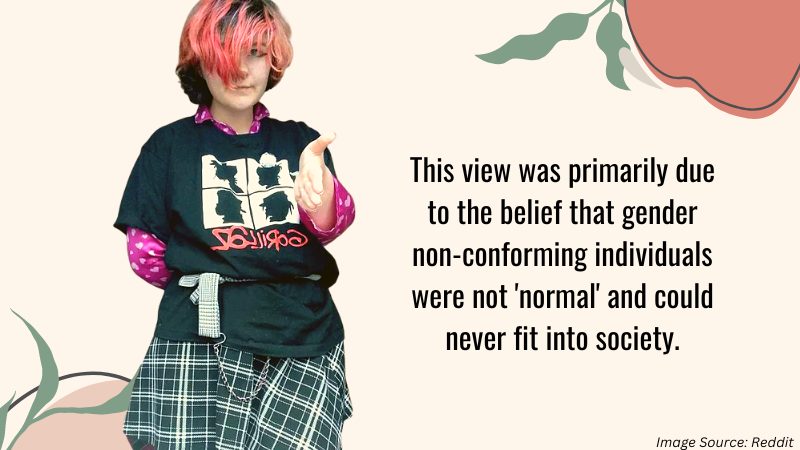
In the early 1900s, femboys were considered “incomplete” men.
This view was primarily due to the belief that gender non-conforming individuals were not ‘normal’ and could never fit into society.
As a result, femboys often faced discrimination and hostility from their peers and family members.
Fortunately, this perception has changed drastically over time, with more people accepting different forms of gender expression.
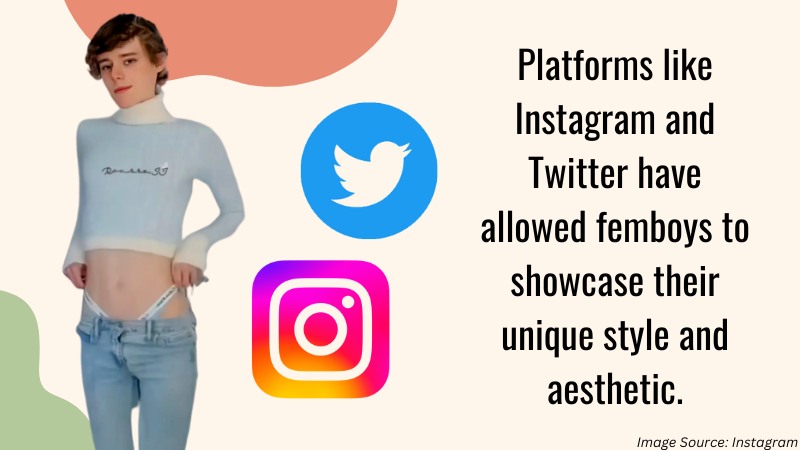
The internet has played an essential role in this shift in perception.
Its ability to connect people worldwide has helped create a safe space for gender-nonconforming individuals to express themselves freely.
Platforms like Instagram、Twitter and TikTok have allowed femboys to showcase their unique style and aesthetic.
In contrast, sites like Tumblr have provided a forum for much-needed education and discussion.
The femboy community has come a long way.
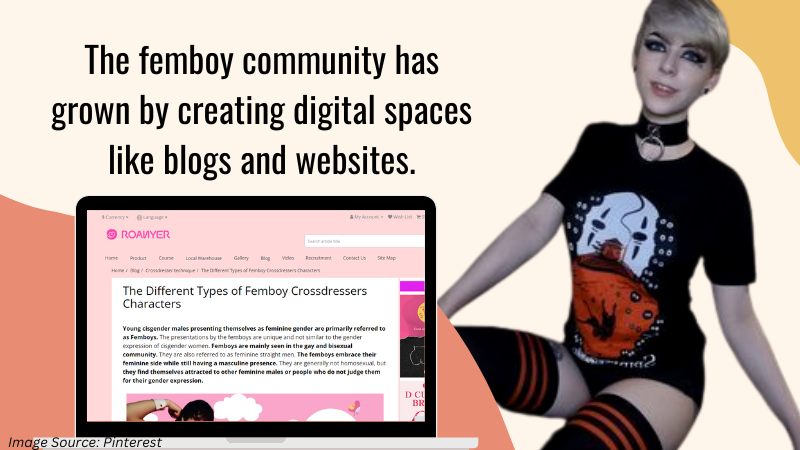
Femboys have come a long way since their humble beginnings.
From art to fashion and now to the digital realm, femboys have drastically changed the landscape of gender expression and style.
Today, there is more acceptance and visibility for gender-nonconforming individuals than ever.
The femboy community has grown by creating digital spaces like blogs and websites.
These sites have allowed femboys to connect and discuss topics related to gender expressions, such as fashion and beauty.
This has been especially important for femboys from conservative backgrounds, providing them with a safe space to express themselves and explore their identities.
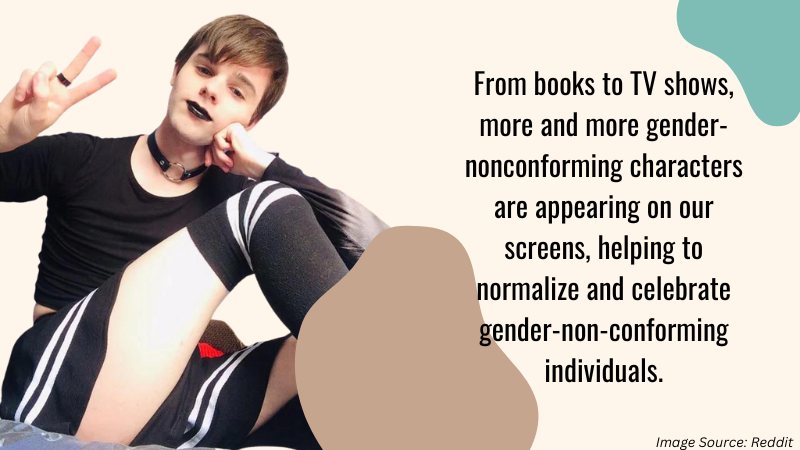
Another way femboys have grown is through the rise of drag culture.
Drag performers like RuPaul have helped normalize gender-nonconforming individuals and provided them with a platform to showcase their unique talents and style.
Finally, there has been an increase in mainstream representation of femboys in popular media.
From books to TV shows, more and more gender-nonconforming characters are appearing on our screens, helping to normalize and celebrate gender-non-conforming individuals.
The term “femboy” wasn’t coined until the 1950s
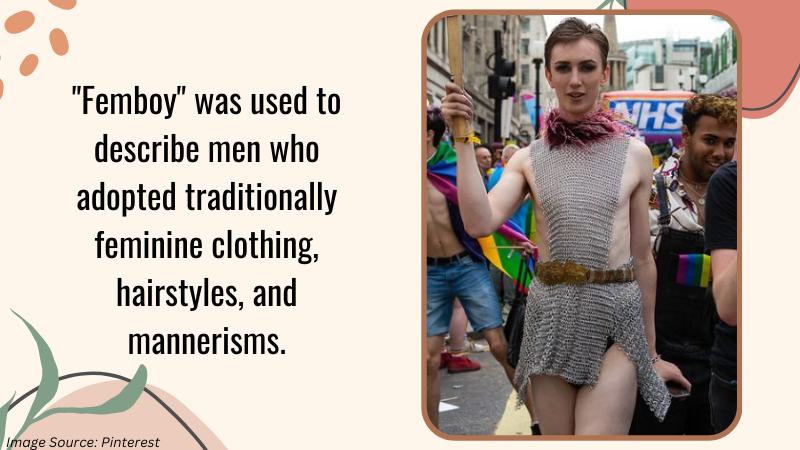
The term “femboy” wasn’t coined until the 1950s, and its emergence marked a significant milestone in gender expression and acceptance.
Since then, the femboy community has grown exponentially and is celebrated worldwide.
In the 1950s, gender-nonconforming individuals could finally express themselves without fear of judgment.
“Femboy” describes men who adopted traditionally feminine clothing, hairstyles, and mannerisms.
It gradually became more accepted by the mainstream.
Today, many celebrate and embrace femboys; their unique style is often admired and copied.
From streetwear to drag, there is something for everyone in the femboy community.
Femboys are now widely accepted.
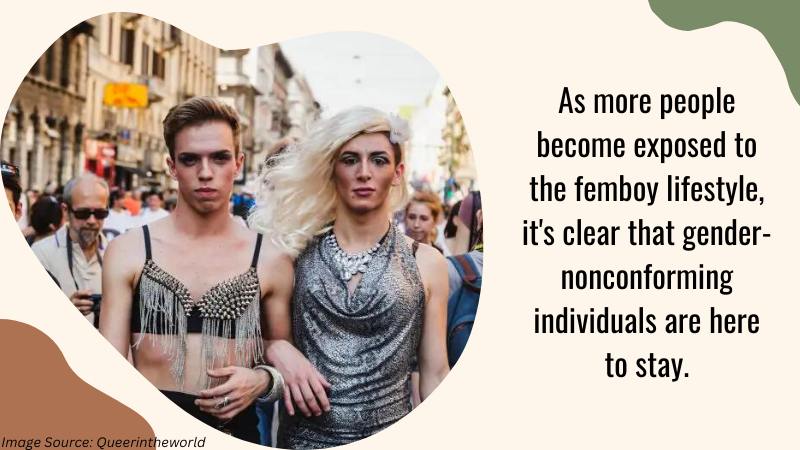
Femboys are now widely accepted as a valid gender identity, and their influence is only growing.
As more people become exposed to the femboy lifestyle, it’s clear that gender-nonconforming individuals are here to stay.
The future looks bright for the femboy community, and the possibilities are endless.
In 2017, the femboy flag appeared, a depiction of the femboys group.
There’s no telling what they will achieve next, from fashion to art.
As femboys continue to break barriers and push the boundaries of gender expression, there’s no doubt that their influence will only become more powerful.
So, if you’re looking for a fun and creative way to express yourself, why not try out the femboy lifestyle?
It’s a trend that’s not going anywhere anytime soon.
Let your style reflect who you are, and embrace the femboy within!
Femboys still face discrimination.
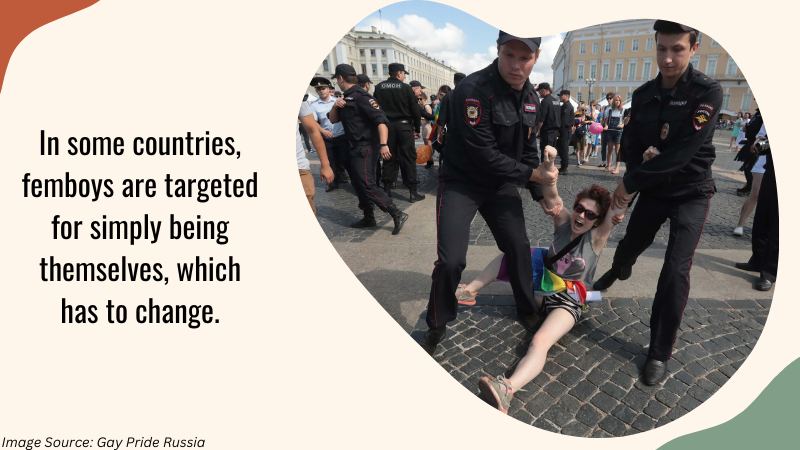
As a femboy, I have encountered discrimination from some institutions for expressing my gender identity.
Recently, I was walking in a park when a group of teenagers began to disparage my appearance.
This discrimination is still far too common for gender non-conforming individuals and needs to be addressed.
Violence against femboys is also still a big concern.
In some countries, femboys are targeted for simply being themselves, which has to change.
We need to establish a safe space for gender non-conforming individuals to express themselves without fear of judgment or discrimination.
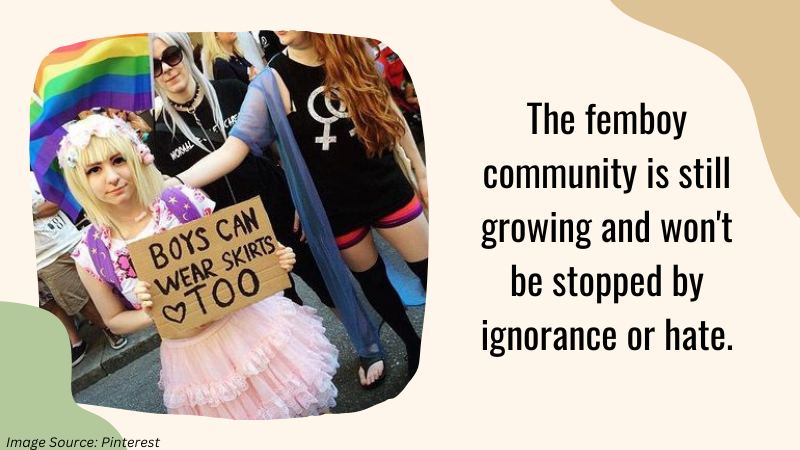
The femboy community is still growing and won’t be stopped by ignorance or hate.
Together, we can create a safe space for all gender-nonconforming people and ensure everyone is accepted and celebrated, regardless of gender identity.
Femboys represent a new kind of masculinity.
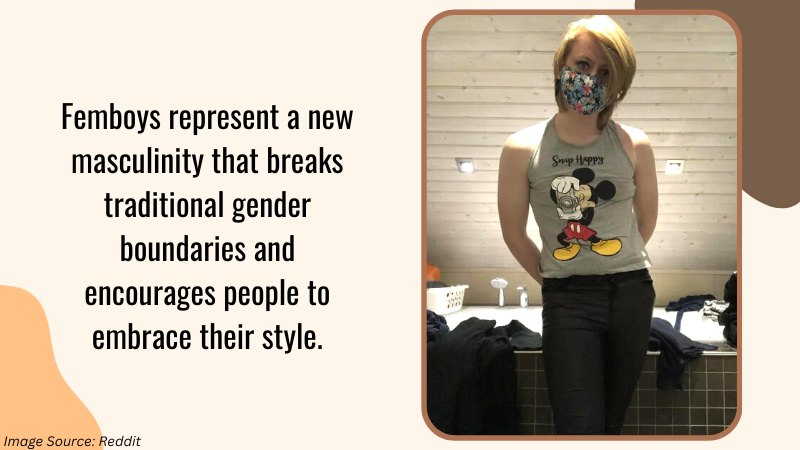
Which kind of femboy are you? You can explore different styles and find out what suits you best.
Whether you’re a punk rock femboy or a glamorous drag queen, you can express your gender identity in whatever makes you feel comfortable.
Femboys represent a new masculinity that breaks traditional gender boundaries and encourages people to embrace their style.
By celebrating the femboy style, we can create a more accepting society for all gender-nonconforming individuals.
Let’s continue supporting the femboy community and ensuring everyone is accepted and celebrated for who they are!
Summary
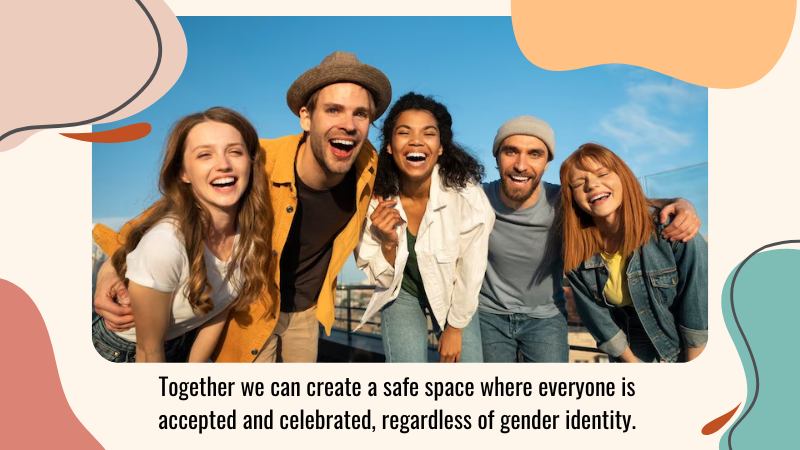
Now, what do you say? Let’s get out there and be fabulously fabulous femboys!
Let’s show the world that gender non-conforming people are here to stay.
Together we can create a safe space where everyone is accepted and celebrated, regardless of gender identity.
Come on, let’s do this! It’s time to break down barriers and show the world what femboy style is all about!
It’s time to be unapologetically you! Let’s make it happen!
Read More>>
Tagged With:Femboy
2 comments
Leave a Reply
- Best Crossdresser Destinations to Visit in Africa
- 10 Best LGBTQ+ Manga 2024
- How To Become a Drag Queen Star? A Step-By-Step Guide to Creating Your Drag Queen Persona
- Top 5 Reasons Why People Crossdress: A Deep Dive into the Psychology
- Passing As a Crossdresser: What Does It Mean to Come Out?
- Penis Play and Penis Size for FTM Crossdressers
Established in 2009, We are a recognized manufacturer and seller of professional crossdressing products.
It is our aim to become not just the most creative manufacturer but also a very considerate seller, as we provide the best quality products for crossdressers all around the world.

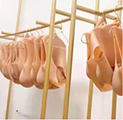



















 Breast Forms
Breast Forms  Body Suit
Body Suit  Realistic Mask
Realistic Mask  Femini Girdle
Femini Girdle Hip & Butt Enhancement (8)
Hip & Butt Enhancement (8) Penis Prosthesis
Penis Prosthesis Fake Muscle
Fake Muscle Bikini
Bikini  Wig
Wig  Corsets
Corsets Course
Course service@roanyer.com
service@roanyer.com +8618652200711
+8618652200711 Facebook
Facebook YouTube
YouTube Twitter
Twitter Instagram
Instagram





Epik?
noice